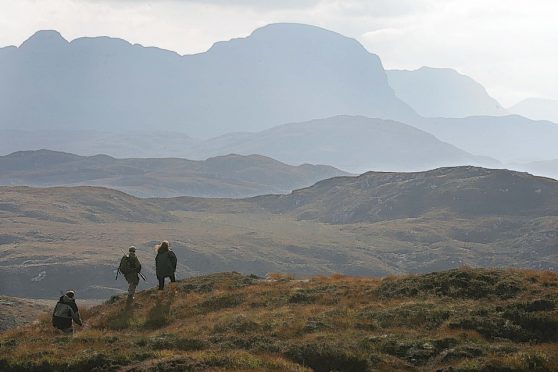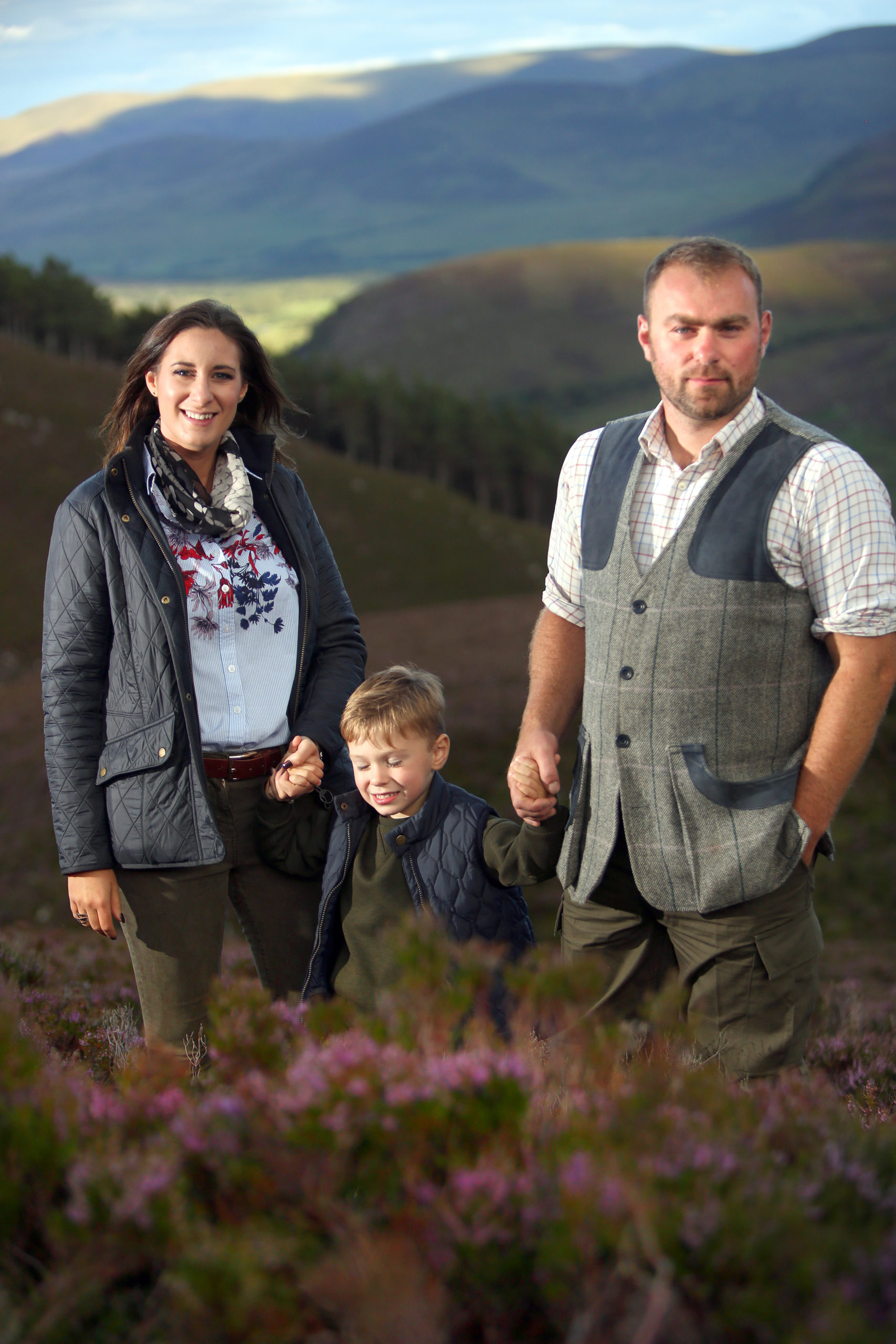A new survey has shown that gamekeepers feel they are fighting a “lone battle” against problems outwith their control.
The survey, collated by Scotland’s regional moorland groups, found that land managers class criminality, littering, fly-tipping and dangerous dogs to be real concerns.
The organisation comprises of the Angus Glens Moorland Group, Grampian Moorland Group, Tomatin Moorland Group, Speyside Moorland Group, Loch Ness Rural Communities, Southern Uplands Moorland Group and Tayside and Central Scotland Moorland Group.
Of the 100 gamekeepers surveyed, all cited “disinterest” by the authorities in tackling the damage members of the public do to legal traps and snares.
Fears of unemployment forced by governmental regulations also scored high in responses.
Additionally, the groups have called on agencies such as Scottish Natural Heritage (SNH) and Cairngorms National Park Authority (CPNA) to do more to educate the public.
The news comes as gamekeepers welcomed visiting shooters for the start of the 2020 grouse season yesterday.
Lianne MacLennan is the co-ordinator of Scotland’s regional moorland groups, including the Grampian Moorland Group and the Speyside Moorland Group.
She said: “The informal survey was an attempt to get to the bottom of what grassroots land managers are experiencing.
“Most gamekeepers are dealing with access all of the time and walkers frequently enjoy the hill roads maintained by estates. That was not identified as a problem.
“However, the feeling is that the balance has tipped too far towards encouragement of as much recreational access as possible and against the people actually trying to make a living in the countryside.
“There is a view that members of the public increasingly feel they can roam everywhere, anytime they want, doing whatever they like.”
A number of respondents also said the Countryside Access Code should be part of the school curriculum and that dogs on leads should be compulsory at certain times of the year.












